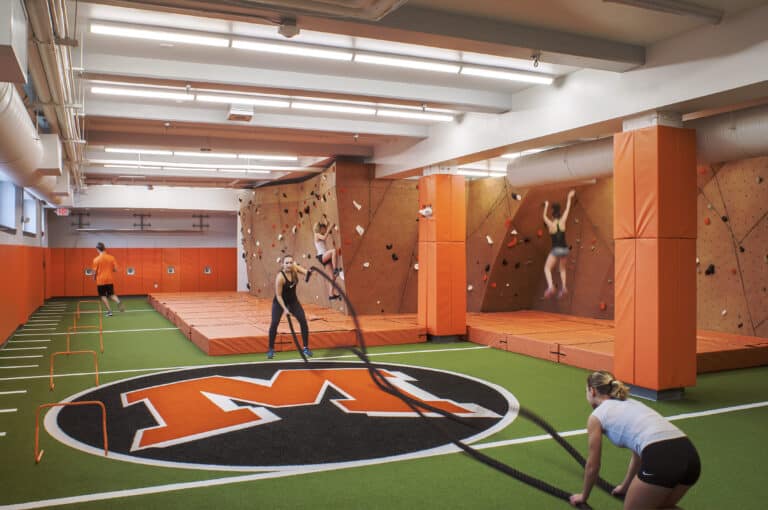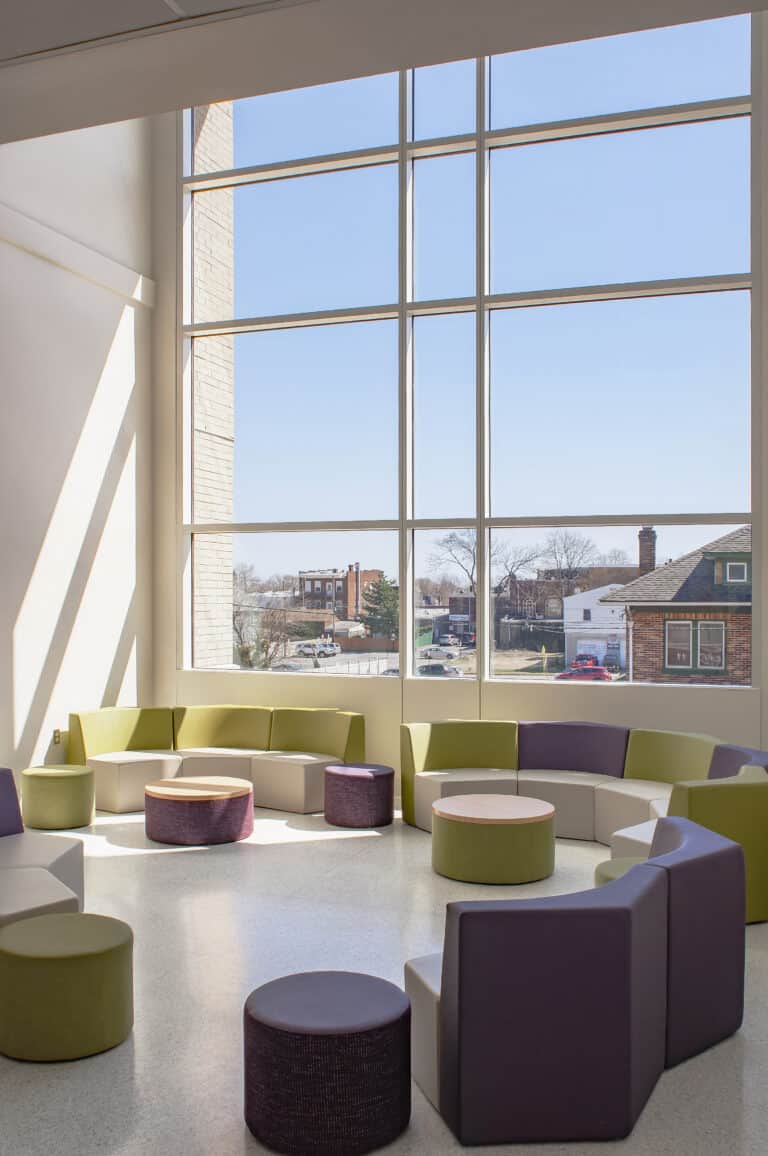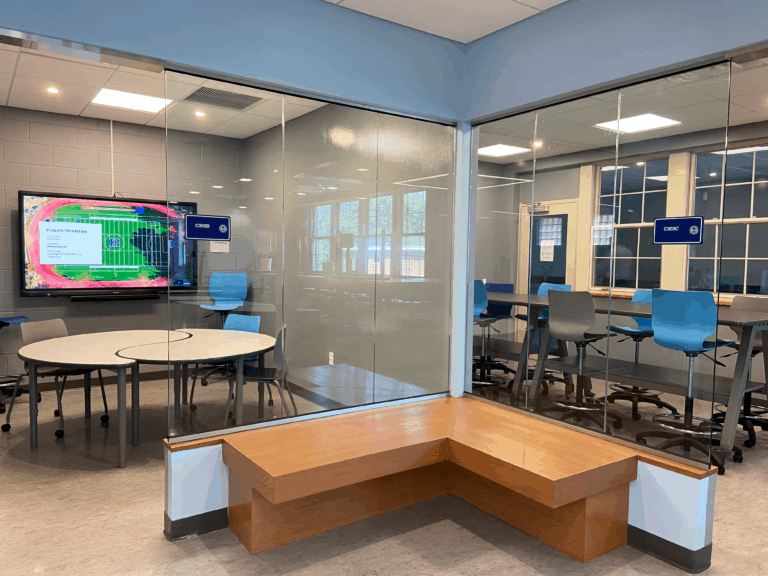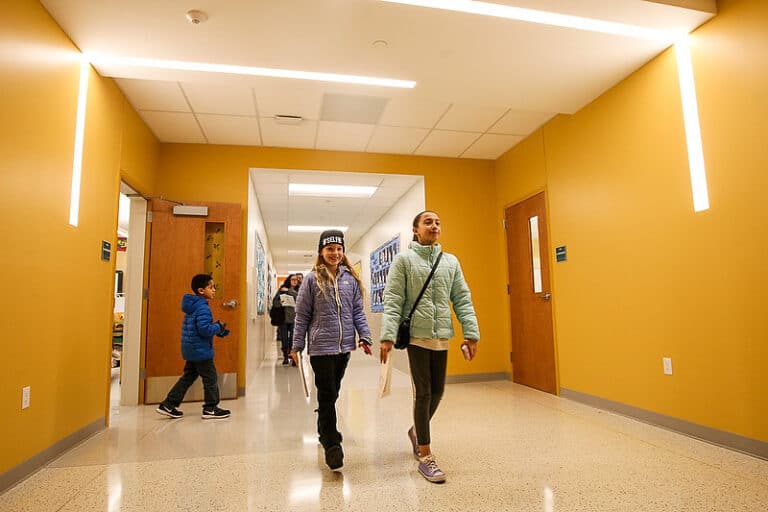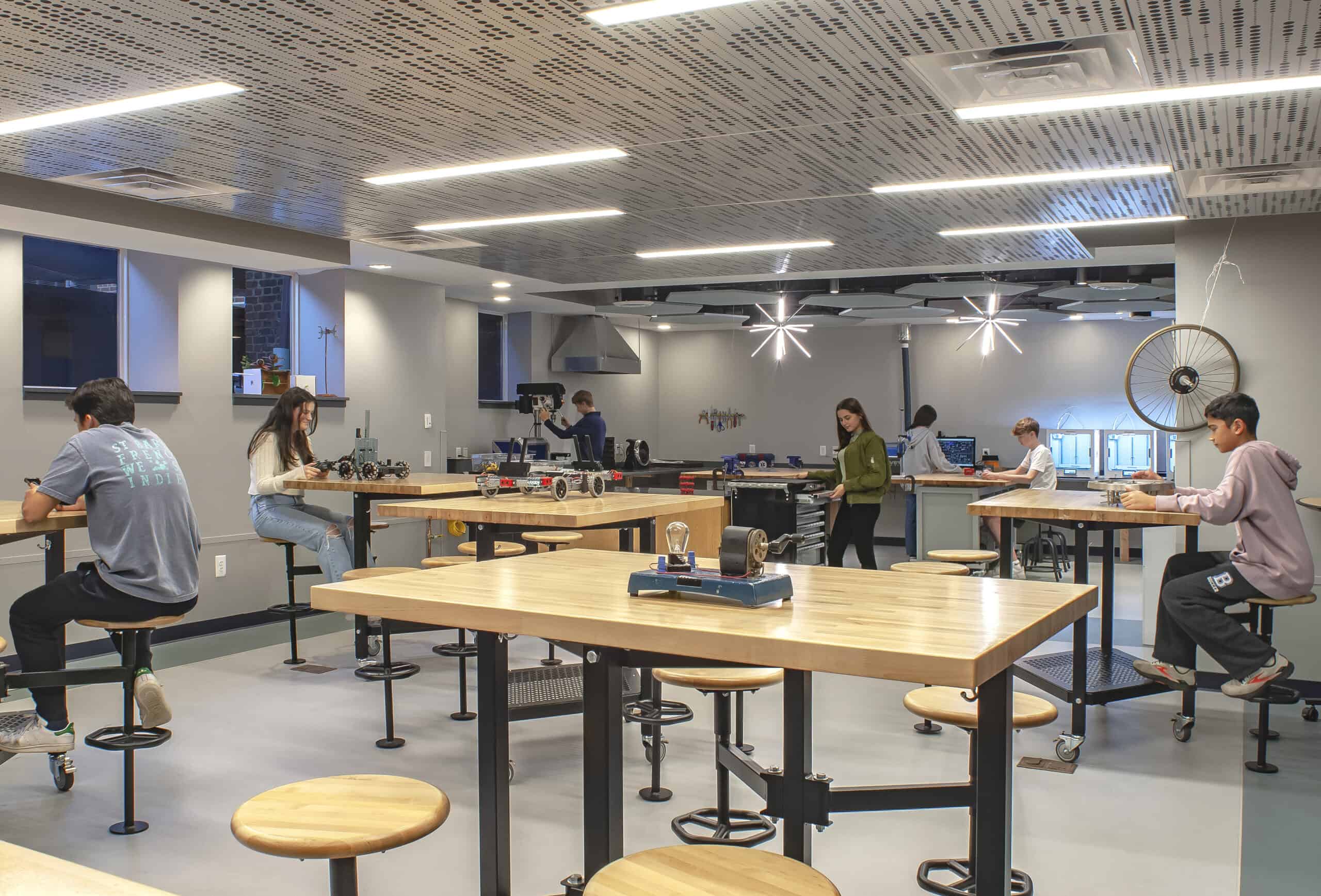A New Standard in HVAC Design
Since the onset of the pandemic, LAN has changed our standard of HVAC design for all projects to include the most up-to-date recommendations from the CDC and ASHRAE, which include higher levels of filtration, air purification technology, and the ability to increase outside air when needed. None of these post-COVID design recommendations are code required (yet), but have been proven to minimize the spread of viruses in buildings.
- MERV-13 or higher (HEPA) filtration
- Ultraviolet Germicidal Iradiation (UVGI)
- Bipolar Ionization
- Photocatalytic Oxidization
- Humidity Controls
- Increased Outside Air
